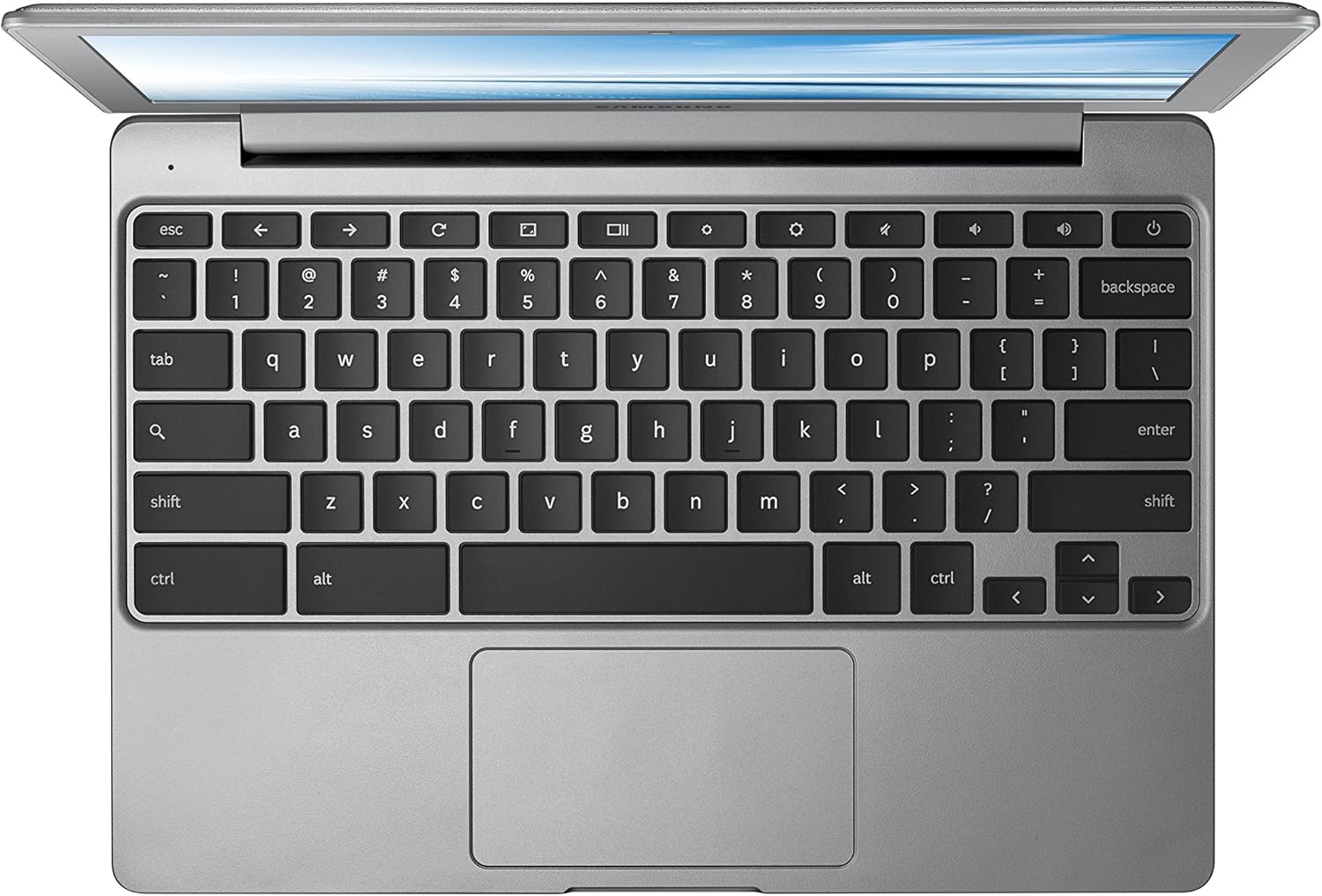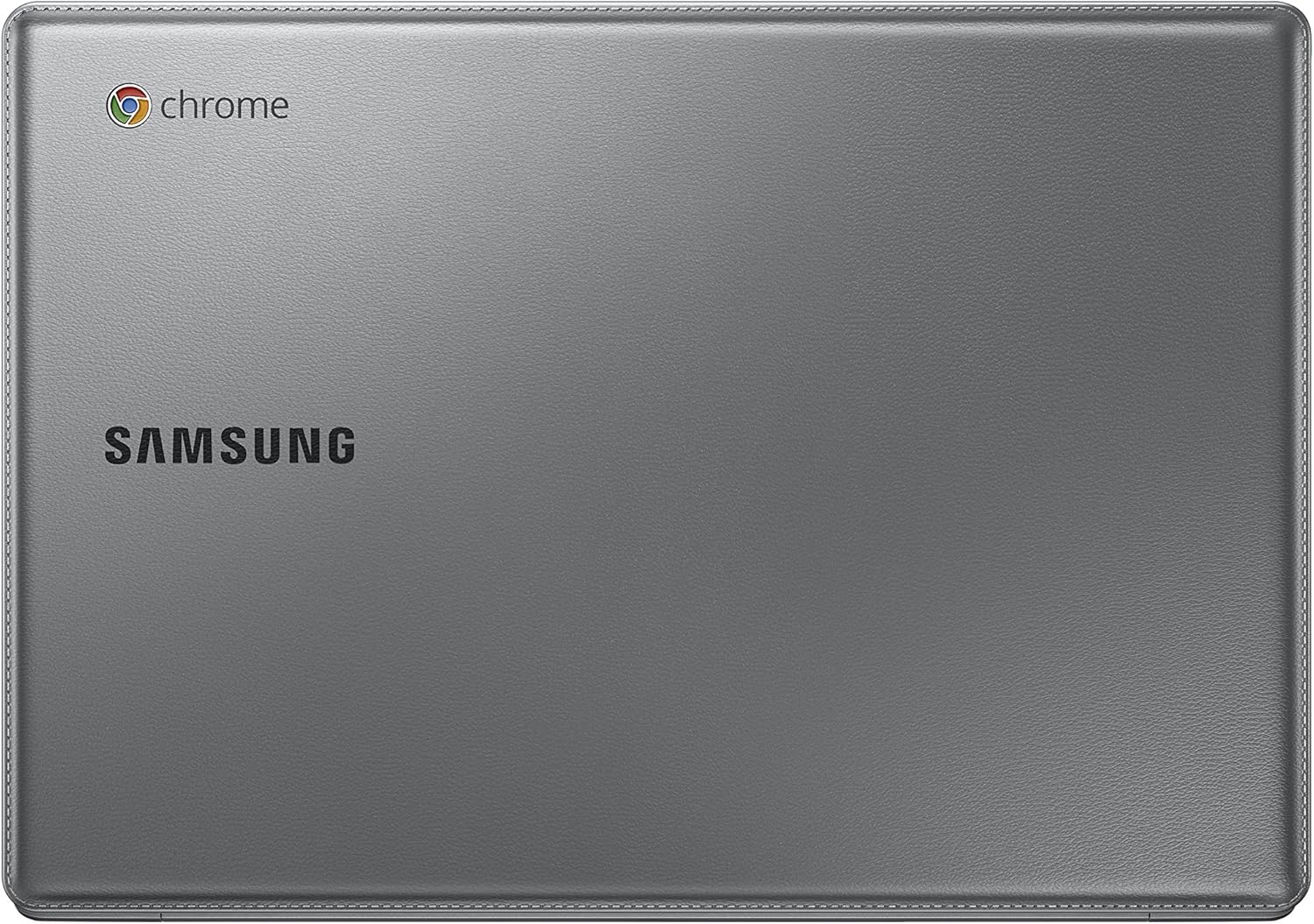




Price: $89.99
(as of Apr 02, 2025 18:18:52 UTC - Details)
The Best Laptop for the Money: A Comprehensive Guide
Introduction
In today’s fast-paced digital world, finding the best laptop for the money can be a daunting task. With countless options available, it's crucial to identify a laptop that not only fits your budget but also meets your needs. Whether you're a student, a professional, or just someone who loves to browse the web, there’s a perfect laptop waiting for you. In this guide, we will explore various aspects of choosing a laptop that offers incredible value for your money. We will dive deep into essential features, specifications, and user experiences to help you make an informed decision.
Understanding Your Needs
What Do You Need in a Laptop?
Before we delve into specific models, let’s talk about understanding your needs. What do you plan to use your laptop for? If you’re a student, you might need something lightweight for portability. For gamers, graphics capability is essential. Identifying your primary use will help narrow down your choices significantly.
Budget Considerations
When searching for the best laptop for the money, your budget plays a crucial role. How much are you willing to spend? Setting a clear budget will help you filter out options that are too expensive or unnecessary. Remember, the most expensive laptop isn't always the best fit for your needs.
Key Features to Consider
Performance: Processor and RAM
One of the most critical factors in choosing a laptop is its performance. Look for a laptop with a strong processor and sufficient RAM. For general use, an Intel i5 or AMD Ryzen 5 is a good starting point. If you plan to multitask or run demanding applications, consider upgrading to an i7 or Ryzen 7.
Storage Options: SSD vs. HDD
When it comes to storage, you’ll encounter two main types: SSD (Solid State Drive) and HDD (Hard Disk Drive). Which one should you choose? SSDs are faster and more reliable, making them ideal for everyday use. HDDs can offer more storage space at a lower price, but they are generally slower. For the best balance of speed and capacity, look for a laptop with at least a 256GB SSD.
Battery Life: How Long Will It Last?
Another vital aspect is battery life. How long do you need your laptop to last on a single charge? If you’re often on the go, a laptop with a battery life of at least 8 hours is recommended. This way, you won’t have to worry about finding an outlet during your busy day.
Portability: Weight and Size
Lightweight Laptops for Easy Carrying
For students and professionals alike, portability is essential. What’s the ideal weight for a laptop? A laptop that weighs around 3 pounds or less is generally considered lightweight and easy to carry around. Additionally, a 13 to 14-inch screen offers a good balance between usability and portability.
2-in-1 Laptops: Versatility at Its Best
If you want something that combines the functions of a laptop and a tablet, consider a 2-in-1 laptop. What are the benefits of 2-in-1 laptops? They are incredibly versatile, allowing you to switch between laptop and tablet modes. This can be particularly useful for presentations or casual browsing.
Display Quality: Resolution and Size
Full HD vs. 4K Displays
The display quality is crucial for a good user experience. Should you opt for Full HD or 4K? Full HD (1920x1080) is generally sufficient for most users, providing clear images and videos. However, if you’re into graphic design or gaming, a 4K display will offer stunning visuals.
Touchscreen Capabilities
A touchscreen can enhance your experience, especially for tasks like drawing or note-taking. Is a touchscreen necessary? While not essential for everyone, it can add a layer of convenience for specific users.
Connectivity Options: Ports and Wireless
Essential Ports for Everyday Use
When choosing a laptop, consider the types of ports available. What ports should you look for? USB-C, HDMI, and standard USB ports are essential for connecting various devices. If you plan to use peripherals, make sure your laptop has enough connectivity options.
Wireless Connectivity: Wi-Fi and Bluetooth
Don’t overlook wireless connectivity. What’s the significance of Wi-Fi and Bluetooth? A laptop with the latest Wi-Fi standards (like Wi-Fi 6) and Bluetooth capability will ensure faster data transfer and better connectivity with other devices.
User Experience: Keyboard and Trackpad
Comfortable Keyboard for Long Typing Sessions
A comfortable keyboard can make a significant difference in your productivity. What should you look for in a keyboard? Look for a laptop with good key travel and spacing. If you type a lot, a backlit keyboard can also be a useful feature.
Trackpad Sensitivity and Responsiveness
The trackpad is equally important for navigation. What makes a good trackpad? It should be responsive and easy to use. Check reviews to see how other users feel about the trackpad’s performance.
Choosing the Right Brand
Top Laptop Brands to Consider
When it comes to reliability, certain brands stand out. Which brands are known for quality? Dell, HP, Lenovo, and ASUS are known for their quality laptops that offer great value for money. Researching brand reputation can save you from potential issues down the line.
Warranty and Customer Support
Consider the warranty and customer support offered by the brand. Why is this important? A good warranty can provide peace of mind, ensuring you’re covered in case of any defects or issues.
Conclusion
In conclusion, finding the best laptop for the money involves understanding your needs, considering key features, and knowing what brands to trust. By focusing on performance, portability, display quality, and user experience, you can make an informed decision that suits your lifestyle. Remember, the best laptop is one that meets your individual requirements while staying within your budget. Happy laptop hunting!
Intel Celeron 2.16 GHz Processor
16 GB Solid-State Drive (SSD); No CD or DVD drive
11.6 inches 1366 x 768 pixels LED-lit Screen
Chrome Operating System; Silver Chassis
Intel Celeron 2.16 GHz Processor
2 GB DDR3L SDRAM
16 GB Solid-State Drive (SSD); No CD or DVD drive
11.6 inches 1366 x 768 pixels LED-lit Screen
Chrome Operating System; Silver Chassis
